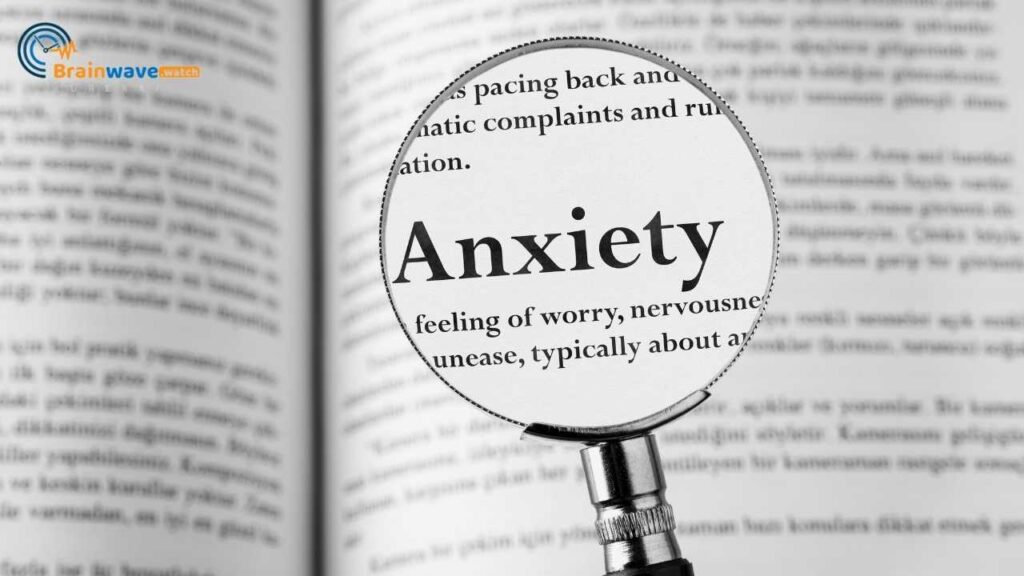Sensory overload is like a monster that lives inside the body of someone with autism. It’s like a beast that can be awakened at any moment and can be triggered by anything from a loud noise to a bright light. When the beast awakens, it can cause all sorts of chaos and confusion. The person with autism may become agitated, anxious, or even aggressive.
Sensory overload happens when the brain gets too much information from the senses. For someone with autism, this can happen more easily than for someone without autism. The senses include sight, sound, touch, taste, and smell. When too much information comes in at once, it can be overwhelming for the brain to process, making the person feel like they are being bombarded with too much information at once.
Autism’s VIP Pass to Sensory Challenges
People with autism have a VIP pass to sensory challenges. They experience the world differently than people without autism. They may be hypersensitive to certain sensations, such as loud noises or bright lights. They may also be hyposensitive to other sensations, such as pain or temperature.
For example, someone with autism may find the sound of a vacuum cleaner to be unbearable. They may cover their ears and scream to try to block out the noise. They may also find it difficult to tolerate the feel of certain fabrics or the taste of certain foods.
On the other hand, someone with autism may not feel pain as strongly as someone without autism. They may not realize they have a cut or a bruise until someone points it out to them. They may also not feel the cold as strongly as someone without autism, and may not realize that they need to wear a coat when it’s cold outside.
Navigating the Sensory Overload In Public
Public places can be overwhelming for individuals with autism due to sensory overload. Here are some survival tips for navigating the sensory jungle of public places.
Survival Tips for Supermarkets
Supermarkets can be a nightmare for individuals with autism due to the bright lights, loud noises, and overwhelming smells. The cereal aisle can be especially dangerous with its colorful packaging and endless choices. To survive the supermarket, individuals with autism should list the items they need and stick to it. They should also wear noise-canceling headphones and sunglasses to block out the sensory overload. A weighted vest or backpack can provide a calming sensation and help reduce anxiety.
Parks and Recreation
Parks can be a great place to enjoy the outdoors, but they can also be a sensory overload nightmare. The sounds of children playing, birds chirping, and dogs barking can be overwhelming. To survive the great outdoors, individuals with autism should find a quiet spot away from the crowds. They should bring a sensory kit, noise-canceling headphones, sunglasses, and a fidget toy. A weighted blanket or mat can also provide a calming sensation and help reduce anxiety.
Malls
Malls can be a labyrinth of doom for individuals with autism due to the bright lights, loud noises, and overwhelming smells. The crowds of people can also be overwhelming. To survive in the mall, individuals with autism should make a plan for the stores they need to visit and stick to it. They should also wear noise-canceling headphones and sunglasses to block out the sensory overload. A fidget toy can provide a distraction and help reduce anxiety.
Strategies and Tools ( Headphones, Fidgets, and More)
When it comes to sensory overload, sometimes the best defense is a good offense. And in this case, the offense is a plethora of sensory gadgets and gizmos that can help keep the sensory beasts at bay.
For example, noise-cancelling headphones can be a lifesaver in loud public places. Not only do they help block out unwanted noise, but they also provide a calming, cocoon-like effect that can be soothing for individuals with autism.
Fidget toys are another great tool for managing sensory overload. These small, handheld toys can provide a tactile distraction that can help redirect attention and reduce anxiety. From squishy stress balls to textured fidget cubes, there are endless options.
Preparing for Public Place Excursions
While sensory gadgets can be a great help, sometimes the best strategy is to plan ahead. By anticipating potentially overwhelming situations and preparing accordingly, individuals with autism can take control of their sensory experience.
For example, if a trip to the mall is on the agenda, it can be helpful to go at a less busy time of day or to plan out a specific route that avoids particularly noisy or crowded areas.
Other strategies might include bringing a sensory kit with noise-canceling headphones, fidget toys, and sunglasses to help manage sensory input.
By taking a proactive approach to sensory overload, individuals with autism can enjoy public places with greater ease and confidence.
Interactions Without Overreactions
When it comes to social interactions, individuals with autism may find themselves struggling with sensory overload in public places. However, a few strategies can help them navigate these situations with ease and confidence.
Scripting and Role-Play
One effective way to prepare for social situations is to use scripting and role-play. This involves practicing conversations and interactions in a controlled environment, such as at home or with a therapist. By rehearsing different scenarios, individuals with autism can feel more comfortable and confident when faced with similar situations in public places.
The Buddy System
Another helpful strategy is to use the buddy system. Having a trusted friend or family member accompany them to public places can provide a sense of security and support. This can be especially helpful for individuals who may experience sensory overload in crowded or noisy environments.
By utilizing these strategies, individuals with autism can learn to navigate social situations with greater ease and confidence without the overreactions that can come with sensory overload. So go ahead, venture out into the world and enjoy all that it has to offer!
Advocacy and Awareness
Living with sensory overload can be overwhelming, especially in public places. Fortunately, advocacy and awareness are gaining momentum to create a more inclusive and sensory-friendly world. Here are some ways that individuals and organizations are spreading the sensory gospel.
Educating the Masses
One of the biggest challenges for individuals with sensory processing difficulties is the lack of understanding from others. Many people are unaware of the impact of sensory overload on individuals with autism and other sensory conditions. That’s why education is key to creating a more inclusive world.
Organizations such as the Autism Faith Network are leading the way by providing free sensory toolkits for places of worship to help create a more inclusive environment. By raising awareness and promoting understanding, individuals with autism can better manage sensory overload and enhance their overall well-being.
Creating Sensory-Friendly Zones
Another way to promote sensory inclusivity is by creating sensory-friendly zones in public places. These zones provide a safe and quiet space for individuals with sensory processing difficulties to retreat when overwhelmed.
Some businesses, such as AMC Theatres, have already implemented sensory-friendly movie screenings, including lower volume, dimmed lights, and a relaxed atmosphere. Other businesses are following suit by creating sensory-friendly shopping hours or providing sensory tools like fidget toys, weighted blankets, or chewable jewelry.
Creating a more sensory-friendly world can help individuals with sensory processing difficulties feel more included and less overwhelmed in public places. It’s time to spread the sensory gospel and create a more inclusive world for all.







